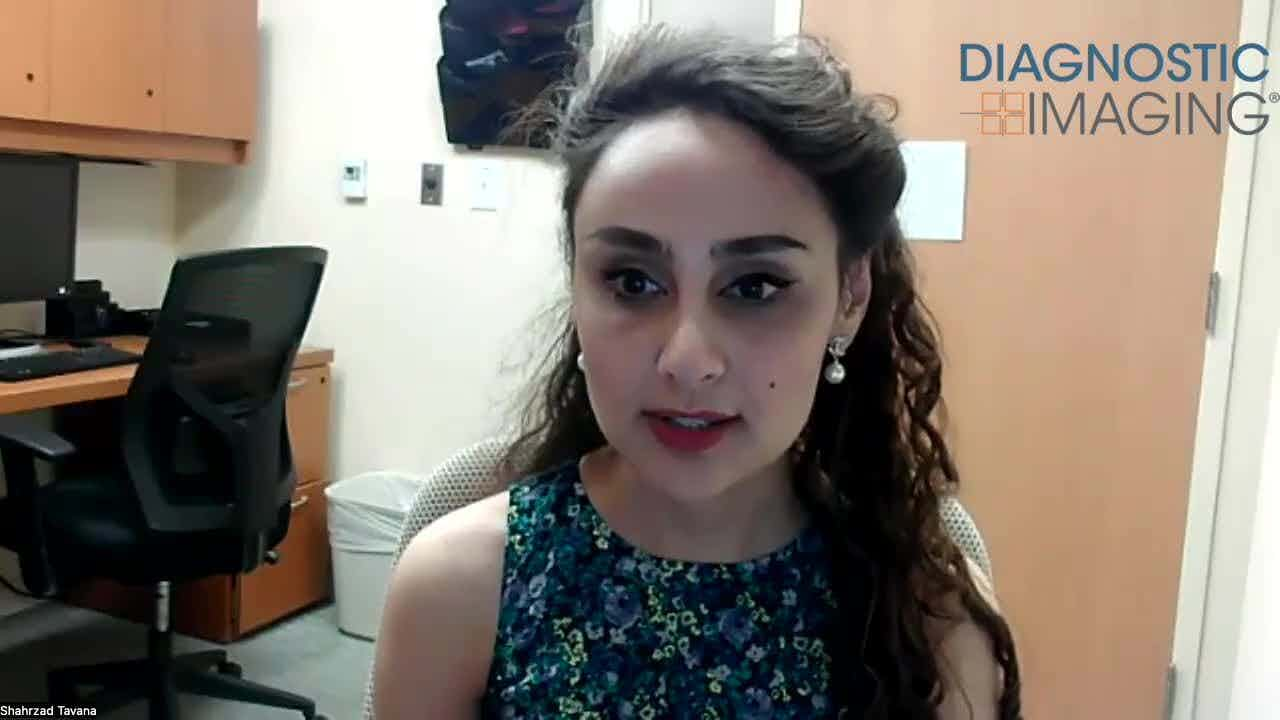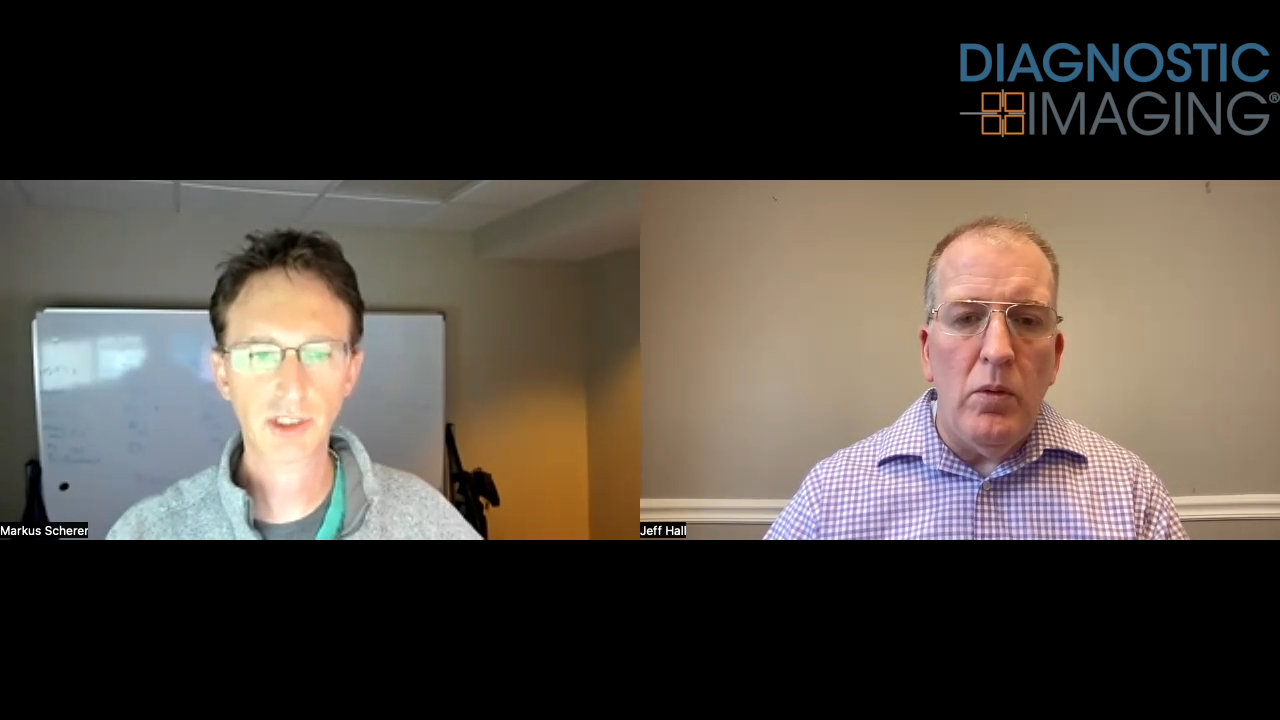Imaging Increasing for Headaches, Despite Recommendations
Advanced imaging may not be necessary for many people with headaches, but clinicians are ordering them for their patients.
Clinicians are ordering advanced imaging more frequently for their patients with headaches and are less likely to offer lifestyle counseling, according to a study published in the Journal of General Internal Medicine.
Researchers from Harvard Medical School, Beth Israel Deaconess Medical Center, and Massachusetts General Hospital in Boston sought to characterize trends in how headaches were managed between 1999 and 2010.
The longitudinal trends analysis looked at the use of advanced imaging (CT/MRI), opioids/barbiturates, and referrals to other physicians (guideline-discordant indicators), as well as counseling on lifestyle modifications and use of preventive medications.
The researchers identified 9,362 visits for headache, representing an estimated 144 million visits during the study period. Nearly 75% of patients were female, and patient mean age was approximately 46.
The findings showed that imaging, referrals, and use of preventative medications increased, while counseling decreased, and use of opioids remained steady:
Adjusted trends were similar, as were results after stratifying by migraine versus non-migraine and acute versus chronic presentation, the authors wrote. They also noted that primary care clinicians were less likely to order CT/MRI.[[{"type":"media","view_mode":"media_crop","fid":"30920","attributes":{"alt":"John N. Mafi, MD","class":"media-image media-image-right","id":"media_crop_53204269637","media_crop_h":"0","media_crop_image_style":"-1","media_crop_instance":"3256","media_crop_rotate":"0","media_crop_scale_h":"0","media_crop_scale_w":"0","media_crop_w":"0","media_crop_x":"0","media_crop_y":"0","style":"border-width: 0px; border-style: solid; margin: 1px; float: right;","title":"John N. Mafi, MD","typeof":"foaf:Image"}}]]
"I was particularly alarmed about the overall trend of more imaging tests, medications, and referrals alongside less counseling," lead author John N. Mafi, MD, fellow, division of general medicine and primary care, BIDMC, said in a release. "These findings seem to reflect a larger trend in the US health care system beyond just headache: over-hurried doctors seem to be spending less time connecting with their patients and more time ordering tests and treatments.”
The researchers concluded that, contrary to numerous guidelines, use of advanced imaging and physician referrals for patients presenting with headaches is increasing, while lifestyle counseling is being done less frequently than before.
Could Lymph Node Distribution Patterns on CT Improve Staging for Colon Cancer?
April 11th 2025For patients with microsatellite instability-high colon cancer, distribution-based clinical lymph node staging (dCN) with computed tomography (CT) offered nearly double the accuracy rate of clinical lymph node staging in a recent study.
Could Ultrafast MRI Enhance Detection of Malignant Foci for Breast Cancer?
April 10th 2025In a new study involving over 120 women, nearly two-thirds of whom had a family history of breast cancer, ultrafast MRI findings revealed a 5 percent increase in malignancy risk for each second increase in the difference between lesion and background parenchymal enhancement (BPE) time to enhancement (TTE).
AMA Approves Category III CPT Codes for AI-Enabled Perivascular Fat Analysis from CT Scans
April 9th 2025Going into effect in 2026, the new CPT codes may facilitate increased adoption of the CaRi-Heart software for detecting coronary inflammation from computed tomography scans pending FDA clearance of the technology.
FDA Clears AI Assessment of Ischemic Core Volume on CT with Brainomix 360 Platform
April 8th 2025For patients with acute ischemic stroke, research has demonstrated that automated assessment of ischemic core volume on brain CT scans via the Brainomix 360 software is equivalent to that derived from CT perfusion.










